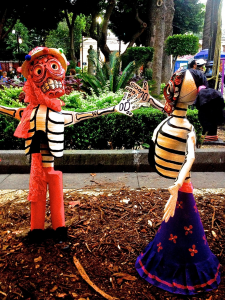
Baile en el Centro de Tlalpan by Luisroj96, 2013. Courtesy of Wikimedia Commons.
https://commons.wikimedia.org/wiki/File:Bailando_en_Tlalpan.jpg
No Mourning, Por Favor—It’s Día de los Muertos
Mexico’s colorful celebration of the dead is a UNESCO Intangible Cultural Heritage
While American children are busy unloading their haul from a night of trick-or-treating, Mexican children—and their parents—are spending the day making sweet offerings and celebrations in honor of their dead. Día de los Muertos, or Day of the Dead, is an important holiday in Mexico, and one that other Latino countries and communities (including some in the U.S.) also celebrate. UNESCO has added the commemoration to its list of Intangible Cultural Heritage.
A mezcla of indigenous and Christian beliefs
The Día’s history is a mezcla, or mix, of Aztec ritual and Catholic observance, the latter courtesy of the Spanish. Mexicans celebrate El Día on November 1, All Saints Day in the Catholic and other Christian religions, and November 2, All Souls Day.
The Aztecs as well as other Native Nahua peoples frowned on mourning the dead. After all, they were still very much alive in a community’s memory. Día de los Muertos is celebrated in this same spirit.
Offerings from evocative to edible
Relatives welcome their deceased back, creating intimate ofrendas, or altars, in their homes with candles, family photographs and mementos. Marigolds often grace these private altars. Their golden petals are found in abundance at the muertos’ public gravesites, which family members lavishly decorate.
Families prepare special foods and drinks for their departed loved ones to enjoy on their day. Pan de muerto, bread of the dead, is a sweet bread often studded with anise seeds. Pulque is a sweet drink made from the agave plant.
Are you a calavera, too?
Calaveras, or skulls, are ubiquitous. Fortunately, these are not the calaveras from actual calacas, or skeletons. Rather, they are miniature versions rendered as dolls and sweets.
Catrina is the most famous of these calaveras. Her progenitor is found in a mid-century mural by the artist Diego Rivera. You’re likely to encounter dozens of Catrina look-alikes at festivities.
Schools as well as local newspapers often hold competitions for the best calavera—in this case, short rhymed verses where a calaca interacts with contemporary pop culture icons, relatives and politicians, among others. In the poems, she is either mocking them, trolling them…or taking them back with her to where los muertos reside. (In Spanish, the Grim Reaper is referred to as a she.)
But if you hear the expression, Todos somos calaveras (“we are all calaveras”), don’t worry. It doesn’t mean you’re soon to be joining los muertos. It’s a way of saying that underneath it all, we are all the same.
— Mim Harrison
En español
Photo: Permanent Mission of Mexico before UNESCO, Paris 2018
If you’d like to read a special story en español about Muertos, as Mexicans like our podcast producer Fernando Hernández call the day, here’s one about the first time an Altar de Muertos was installed at the Permanent Mission of Mexico before UNESCO, in Paris. Fernando’s friend, Alejandra Reco, appears at right in the photo, dressed as a Catrina. Those are fresh flowers she sewed onto her dress.

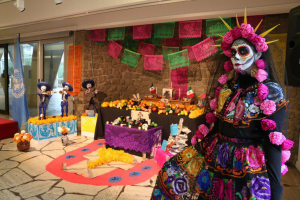
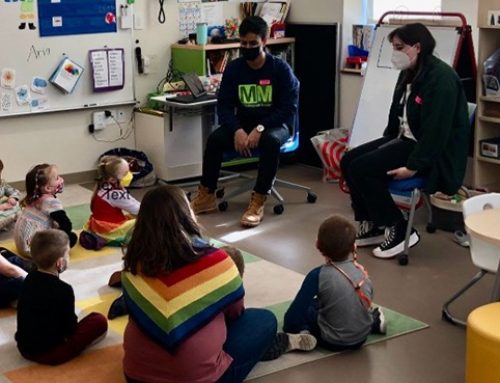
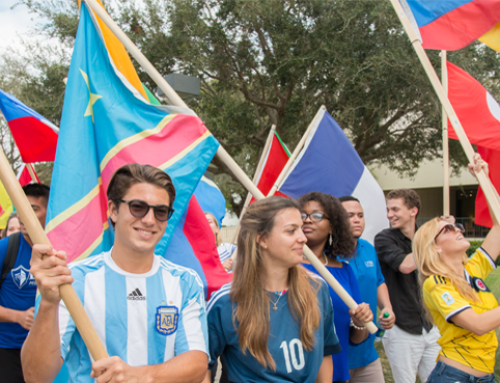
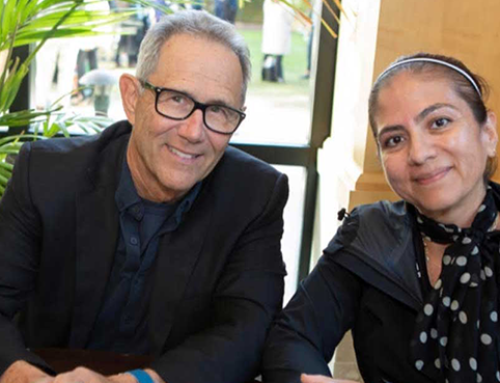

 You can book Steve for many different audiences
You can book Steve for many different audiences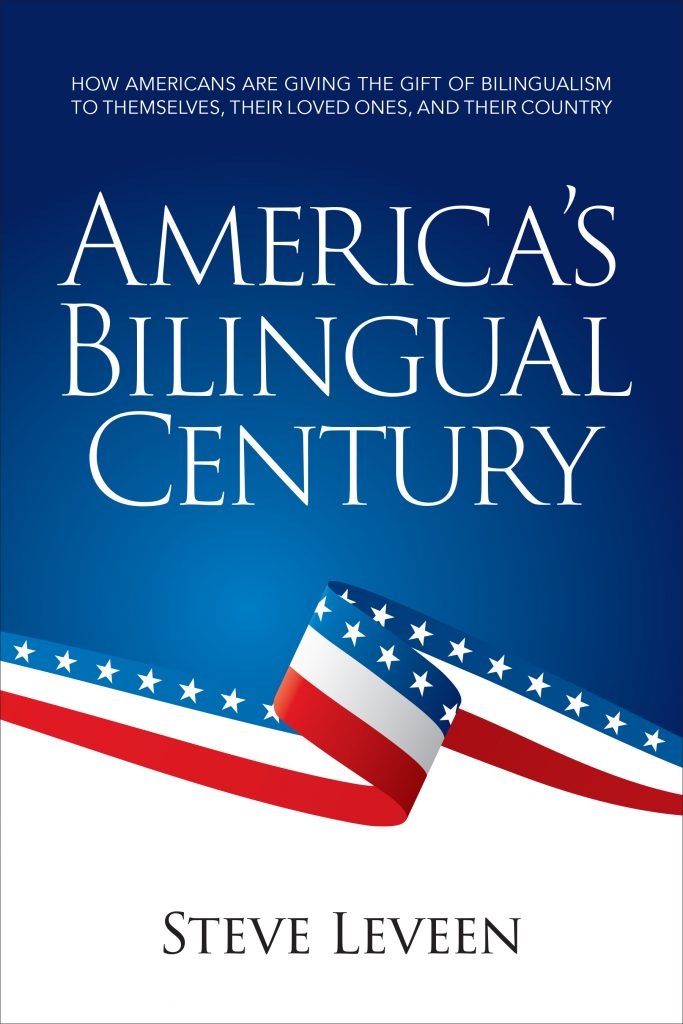
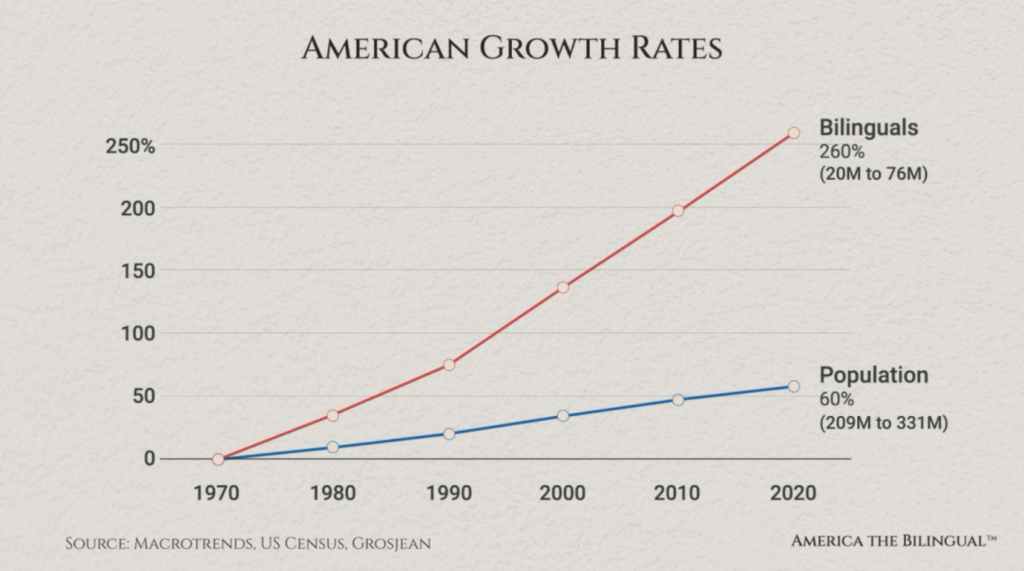
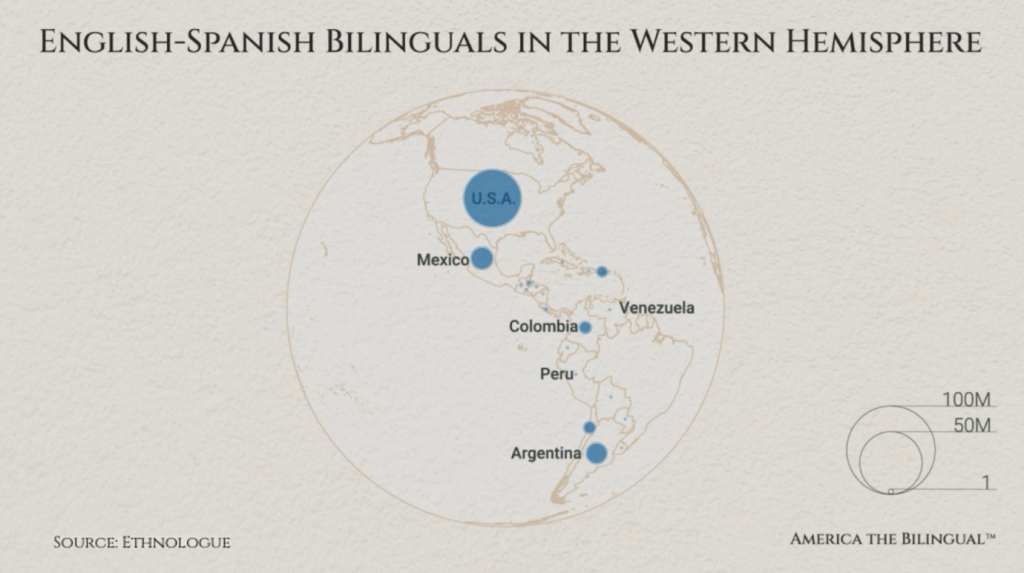
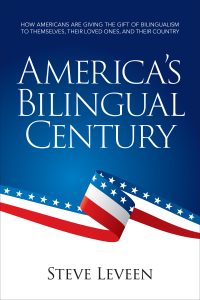

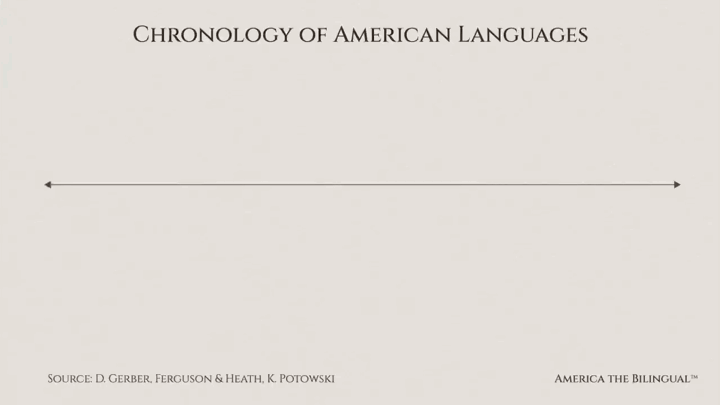


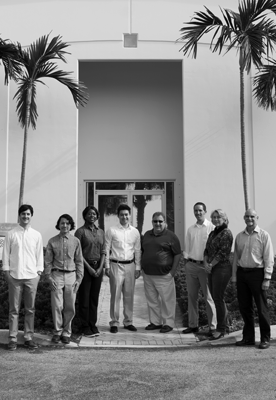
 First, know that she has one of those glorious English accents (or what all of us who are not English would call an accent), which makes her a natural for the audio book narration that she does. Although U.S. born, Caroline grew up in England and studied literature at the University of Warwick (fyi for American ears: that second “w” is silent).
First, know that she has one of those glorious English accents (or what all of us who are not English would call an accent), which makes her a natural for the audio book narration that she does. Although U.S. born, Caroline grew up in England and studied literature at the University of Warwick (fyi for American ears: that second “w” is silent).




Leave A Comment